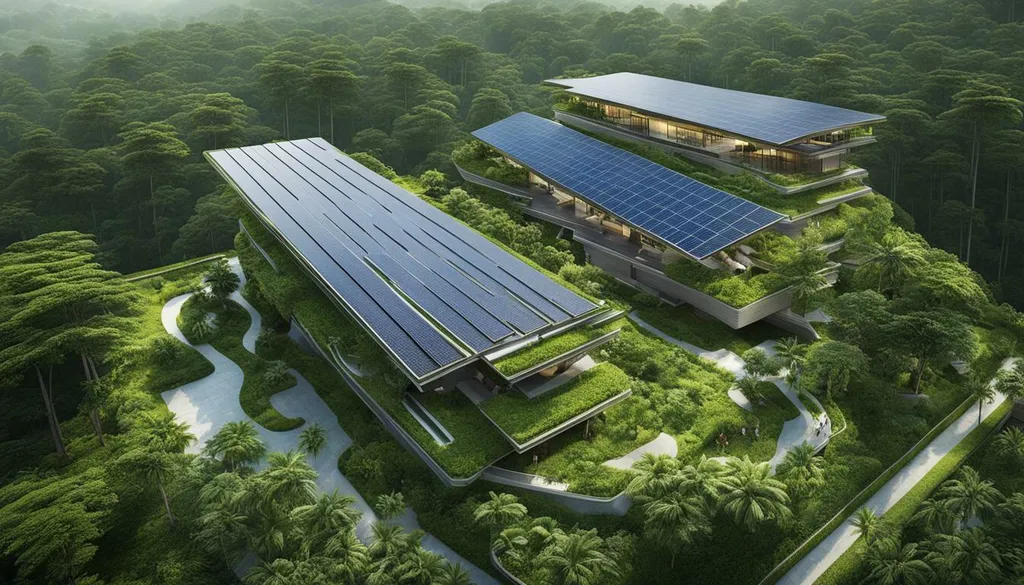In the heart of Indonesia’s burgeoning green building movement, a significant comparative study has emerged, shedding light on the country’s two primary green building assessment systems. Cynthia Permata Dewi, a researcher from Universitas Negeri Malang, has conducted a comprehensive analysis of the BGH (Green Building Label) assessment, based on the Minister of Public Works and Housing Regulation No. 21 of 2021, and the Greenship assessment system. Her work, published in the *Journal of Civil Engineering Innovation* (or *Jurnal Inovasi Teknik Sipil* in Indonesian), offers valuable insights into the similarities, differences, and practical applications of these systems, with implications for the energy sector and beyond.
The study focuses on the Sustainable Green Living Campus (SGLC) building at Universitas Gadjah Mada (UGM), serving as a case study to evaluate the effectiveness and applicability of both assessment systems. Dewi’s research reveals that while BGH and Greenship share common ground in areas such as energy efficiency, water management, waste management, and the promotion of renewable energy, they differ significantly in their certification processes, document requirements, assessment stages, and standard references.
“Both systems aim to promote sustainable practices in the construction industry, but they take different approaches to achieve this goal,” Dewi explains. “Understanding these differences is crucial for developers, architects, and policymakers as they navigate the complexities of green building certifications.”
The practical application of these assessment systems to the SGLC UGM building yielded intriguing results. Using the BGH checklist approach, the building achieved a score of 66%, while the Greenship assessment resulted in a score of 52. These scores indicate that achieving mid-level performance in both BGH and Greenship is attainable through integrated sustainable design.
The implications of this research for the energy sector are profound. As the demand for green buildings continues to grow, the need for standardized and efficient assessment systems becomes increasingly important. Dewi’s study highlights the importance of tailored approaches that consider local conditions and environmental performance, ultimately supporting Indonesia’s national sustainability goals.
“This research serves as a benchmark for future projects aiming to balance environmental performance with local conditions,” Dewi notes. “It provides a roadmap for developers and policymakers to advance Indonesia’s green building agenda and contribute to the global effort against climate change.”
As the construction industry continues to evolve, the insights gained from Dewi’s study will undoubtedly shape the future of green building assessments in Indonesia and beyond. By fostering a deeper understanding of the similarities and differences between BGH and Greenship, this research paves the way for more effective and sustainable practices in the energy sector and the broader construction industry.

